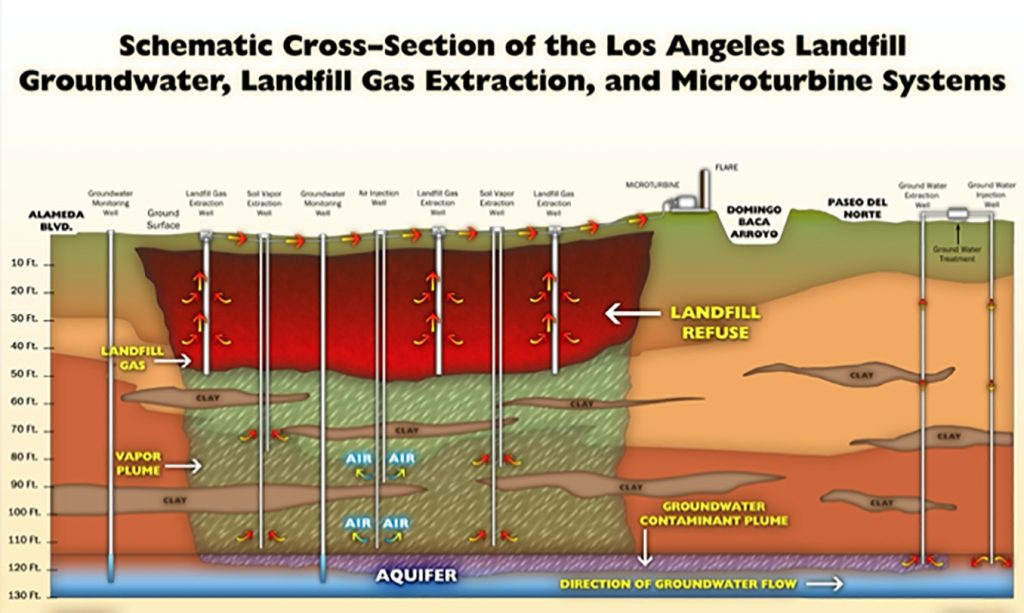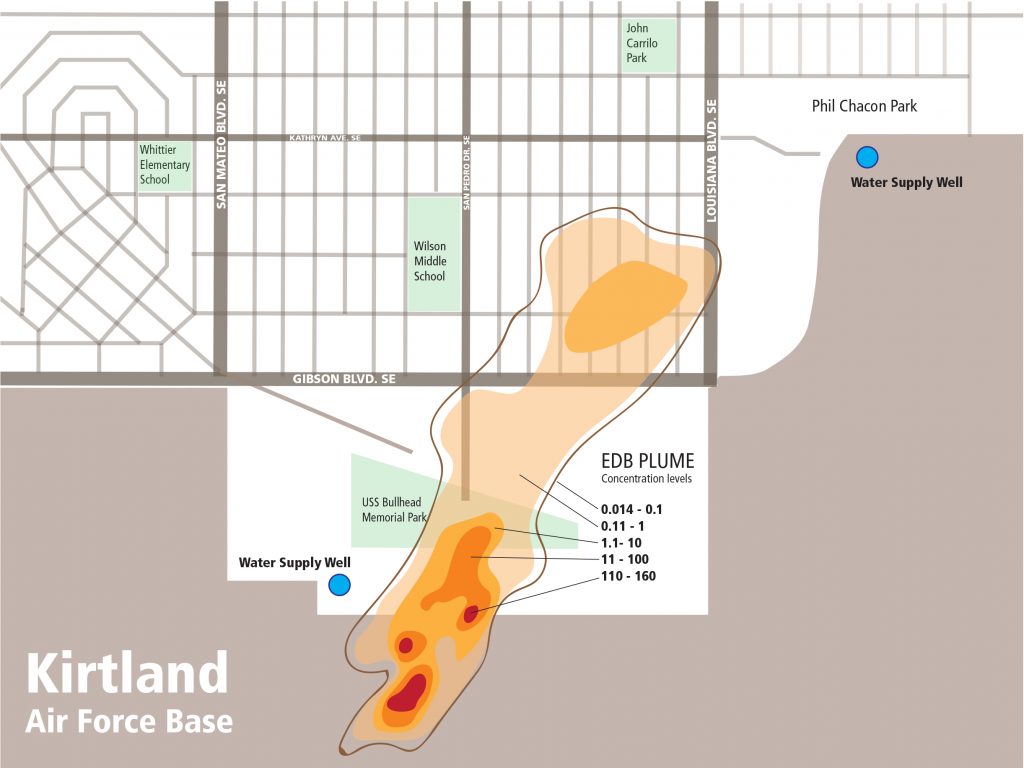Those of us who live here know that the mid Rio Grande watershed has many sites of natural beauty. Unfortunately, it also has sites of severe pollution. There are three Superfund sites in our watershed as well as other equally egregious pollution problems in Albuquerque. It is important to note that 50 years ago when much of the pollution occurred, landfills were not lined and different types of waste were not segregated. Now there are new policies and also new technology for cleanup. We have to make sure these are being utilized without unnecessary delays.

In 1980, Congress passed Superfund legislation and established a trust fund to clean up hazardous waste. Forty thousand sites were identified immediately and 1,600 have been placed on the National Priorities List (NPL) including three in Albuquerque. The Environmental Protection Agency (EPA) was to administer the fund which would rely on parties responsible for the pollution contributing to their own site’s cleanup. A tax on petroleum and chemical producers was to cover the rest but the former contributed little, and in 1995 the tax on polluting industries ended. By 2003 the Superfund was empty. Any additional cleanup of sites came out of the EPA budget. Only eight sites nationally were cleaned up in 2014 and the agency budget since then has been cut by 30%. So what is happening here in the mid Rio Grande watershed?
The East San Jose neighborhood is small; covering only two and a half square miles between Broadway SW and the river, it contains two Superfund sites. These sites also affect the bordering Mountain View neighborhood. In 1979, trichloroethylene (TCE) was found in wells near the General Electric Aviation plant. Ten years passed before any cleanup was ordered by the EPA. The NM Environment Department which delists sites could not be reached for current information.
The second site is on an 89 acre railroad property where lumber fabrication, the creosoting of railroad ties, and other activities left 12 different “contaminants of concern” in both the soil and groundwater. This included oils containing polychlorinated biphenyl (PCB). This site contaminated two city wells to the extent that they had to be shut down. Cleanup actions began in 1990, are ongoing, and have included removal of tons of debris, excavation and removal of soil, back-filling with clean soil, removal of sludge, and construction of lined recovery trenches. There are five recovery pumps working to clean the groundwater. So far, 850 million gallons of groundwater have been extracted and treated.
The third site is the Fruit Avenue Plume. Originating from dry cleaning chemicals, this was listed as a Superfund site in 2014. Pollution in an aquifer is called a plume. The size and shape of plumes is mainly measured by monitoring wells which try to detect the migrating edges of the pollutant as it moves out from its source. Because plumes move according to rock structures beneath them rather than by gradients leading downhill, this plume was moving north toward the Saw Mill Area. It is quite shallow, threatening the groundwater used by domestic wells in its path. An EPA contractor cleaned the soil at this site by vapor extraction, treated the groundwater with activated carbon, and put a reactive barrier in place to clean the plume. It will take another 10 years before full remediation of PCB and TCE levels are reached. Monitoring of groundwater is ongoing. The EPA considers this site a success because so much urban development has occurred since the cleanup process began.

This schematic gives an idea of how a contaminated landfill area might look and how cleanup is handled. The City of Albuquerque is currently monitoring seven landfills.
There are other pollution sites in Albuquerque recognized by the public. During the development of nuclear weapons, Sandia National Labs established a Mixed Waste Dump (MWD) covering 2.6 acres. Beginning in the 1940s, they deposited an estimated 1.5 million cubic feet of radioactive and other hazardous waste including drums of plutonium and tons of depleted uranium, all in an unlined pit. Information from any groundwater monitoring wells that Sandia currently has is unavailable to the public. The site has been covered with dirt.
An especially tragic site of contamination is the Nitrate Plume in the Mountain View community. Beginning in the late 1960s, infants from the neighborhood were turning blue. Nitrates in the drinking water bonded to their hemoglobin causing them to lack sufficient oxygen. Some of these babies became permanently disabled. The cause of contamination was thought to be from a plume 3/4 miles wide and 30 feet deep. Sixty-one domestic wells were shut down. This plume may have been caused by overuse of fertilizers by farmers in the area or possibly from an old ammunition dump.
The Mountain View neighborhood is now being threatened with a hot asphalt plant. It already has high levels of air pollution. To read more and sign their petition go to https://sign.moveon.org/petitions/stop-the-asphalt-assualt-in-the-mountain-view-neighborhood?source=rawlink&utm_source=rawlink&share=f139ba84-d12a-4d50-a1e5-7a6314b24243

Another well known groundwater plume in Albuquerque is the Kirtland Air Force Base Bulk Fuels Spill. This problem began undetected some time between 1950 and 1990. Estimated to be over 24 million gallons, it is the largest toxic spill into public water in U.S. history. The dangerous chemical ethylene dibromide (EDB) was in aviation fuel only until 1975, but it is currently found in groundwater in the SE Heights. Routine inspection and pressure monitoring of the pipelines and valves of the fuel storage site was waived by the government after 1985, and no problems were publicly acknowledged until 1999. Tracking this mile-long plume has been done by drilling monitoring wells along the migrating edges of the plume. Extraction wells have now cleaned one billion gallons of groundwater in filter tanks using activated carbon, and injection wells are being drilled to return the cleaned water to the aquifer. Since 2010, oversight of the cleanup plan has been by NMED. The Kirtland Air Force Base website updates citizens on the progress of the cleanup. The Kirtland Air Force Base website contains information for citizens on the progress of the cleanup.
UPDATE : August 1 . KAFB has been cleared to move to the final phase of cleanup without community input. How much pollutant is left, especially at the origin of the spill? Some of the monitoring wells are not working. Are more needed? What standards of level of contamination are being used when it is claimed that the “end is in sight?”
Citizen Action NM has been collecting data on both the Kirtland Air Force Base and Sandia Labs sites and has voluminous information on their website radfreeNM.org. SouthWest Organizing Project is also monitoring this.
There are many other sites of hazardous waste in the mid Rio Grande Valley, often from dry cleaning establishments, abandoned gas stations, and private dumps. When they are recognized, the property owners are encouraged to clean them up according to current standards for mitigation. The state offers a certification that the property is then safe to again build on.


Thank you for this informative and alarming piece. It’s hard to believe that these hazardous waste sites are so close to residential areas–and that not more is done to clean them up quickly. I wonder if the ABQ Journal does much to inform the public about these areas, and if not, why not. It would be great to have a watchdog committee that would stay on top of these issues and push the city and private industries to be more responsible.